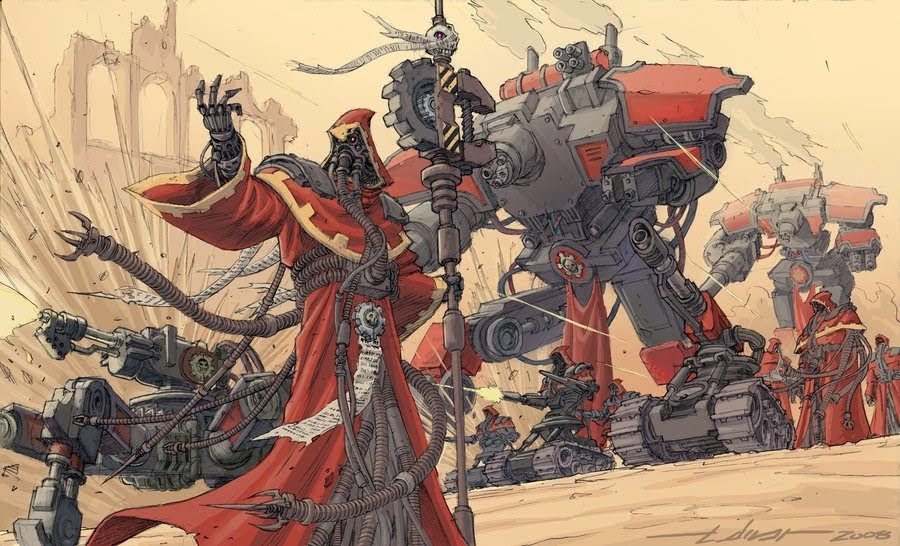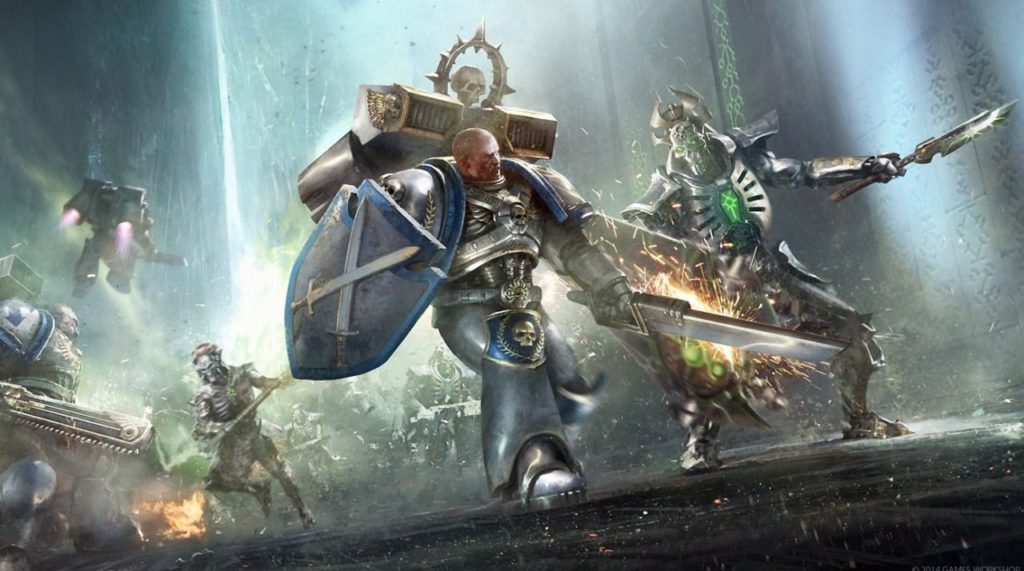As long as the game of 40k has existed there has been the discussion of how how balanced the game actually is. Some will argue the game just needs a little nudge in the right direction, while others will say that the game is broken and can barely be considered a competitive game. The game is in a better place then it has been in some time, and almost any army in the game is capable of at least lucking into an RTT win. Unfortunately, the game is far from perfectly balanced. 40k is just too complex of a game to expect a perfectly even game every time you place models on the table. Between points costs, datasheet rules, stratagems, terrain, mission design, and specific army wife rules there is just no possible way to ensure each player has roughly the same chance of winning a game every time they step up to a table.
This does not mean game balance could not be improved. Of course it could with things like Drukhari and Admech out in the current rules, but we have no control over the balancing of the game. It can get frustrating to play an underperforming Codex, but there are some things every player can do to help their chances during those tough games where they are facing off against an opponent who has the advantage based on their choice of army.
Have A Plan For All Three Secondaries: A big difference in the have and have nots in competitive 40k is the ability to select three strong Secondary choices (not including the good mission specific ones!). Codexes like Dark Angels, Space Marines, Admech, and Drukhari could go into a tournament locking in all their Secondaries before the tournament even starts and still get a decent score from them every game. Secondaries like Oath for the Marine Codexes, To The Last for Drukhari, and Eradication of Flesh for Admech allow these armies to fall back on a solid third choice when another doesn’t present itself
I know this has been a problem with my Necrons. Generally, I will choose something like Stranglehold or Engage and Banners or ROD, but then I am at the mercy of my opponents army list to find a good third Secondary. If my opponent’s list does not lend itself to scoring things like No Prisoners or Grind I found myself losing close games because I did not have as strong Secondary picks as my opponent.
The way to mitigate this disadvantage is to incorporate Secondaries into your list building. For example, if you play Astra Militarum the Psychic Secondaries are an excellent way to ensure you have a third Secondary option every single game by just including a Psyker or two in your army. Having these fallback options will keep you from staring at the Secondary list before a game and making a mess of picking three solid choices.
Play to Your Strengths: Every army in the game has some strength compared to other armies in the game. For my faction, Necrons, it is the ability to make everything in the army Objective Secured. Sure, Necrons can build a gunline army or a silver tide army filled with Necron Warriors, but they can’t do these things better than other armies in the game. Find the one thing your army does well and lean into it during list building and during the game.
I really enjoyed playing a close combat Novok Necrons army, but I kept finding the close combat of my Warriors just did not scale well as more and more Codexes were being released. This led me to make a switch to playing some all ObSec armies with multiple C’tan, and now that the meta has shifted to Admech planes, Thousand Sons, and Grey Knights (all armies that can smoke C’tan off the board in a turn) I have pivoted into going with an entirely Objective Secured army that is as durable as I can make it.
Sure, this army can get shot off the table by Admech, or out MSU’ed by Drukhari, but it gives me the best chance to win with my current army ruleset. Leave playing the crazy list ideas to the top armies in the meta and stick to something you know your army does well.
Don’t Play Into Your Opponents Plan: If you are playing an Admech gunline it is a pretty safe bet they would love for you to run out onto the Objectives in the middle of the table on the first turn so they can get to blasting right from the start. My sage advice for this section is to simply not do the thing your opponent wants you to do.
This seems like some simple advice at first, but it takes a skilled player to look at the game state and understand what actions they should take that puts them in a better position then their opponent. Just ask yourself before your turn begins, “What is important right now?”. Sometimes you really don’t need to throw a unit onto that third objective if they are just going to give your opponent an easy to shoot or charge. Sometimes the right play is just sitting in a ruin out of line of sight and stalling for time.
The less time you allow an opponent with a superior Codex then yours to interact with your army the better. The less your game plan, and ability to score points on the table, does not interact with your opponent the better you will score. Many people don’t enjoy playing a game of 40k like this since it is WAY more fun to sprint those Assault Intercessors across the board hoping they make it into your opponents gunline, but that type of risky play will almost certainly lose the game.
Discretion is the better part of valor in the 41st millennium sometimes.
Unfortunately when you are playing an army with a 70% win rate you are going to lose 70% of the time (you can take that math to the bank). Take it in stride and try to come away from the game with some lessons learned. Hopefully by using some of the tips found here you can turn the tide of a game or two and pull off some upset wins.




